The Visitor Center for the Reserve is located in Eastpoint, FL, and well worth a visit. It is about 15 miles east on Highway 98 from where we are staying in Carrabelle Beach. Construction is underway on some parts of the facility, so just follow the temporary signs to the entrance.
The Apalachicola River and Bay System is one of the most productive estuaries in the northern hemisphere. The Reserve is connected to a huge watershed that covers 20,000 square miles and three states. The northernmost point is about 90 miles above Atlanta, where the Chattahoochee River begins as a mountain stream. It flows south 436 miles to the Flint River (another 350 miles). At the Florida state Line, the name of the river becomes the Apalachicola and flows over 100+ miles into the Gulf of Mexico.
Inside is an huge mural on a curving wall that showcases the unique environments of the Apalachicola River, Apalachicola Bay, Barrier Islands, and Gulf of Mexico.
There are three large tanks with marine life that showcase the three types of environments found here: freshwater, brackish, and salt water. In the Apalachicola River Freshwater Tank, is this Longnose Gar (they can grow to be 6.5') and several turtles including this Spotted Turtle.
The Apalachicola Bay/Estuary Tank (brackish - mixed fresh and salt water) featured this oyster bed. Oysters are one of the primary commercial fishing businesses in the area. Note how the oysters grow one upon the other creating nooks and crannies for smaller marine life to thrive. Red drum, speckled trout, and grouper fish were also in the tank.
In the Gulf of Mexico Tank (salt water) we saw Barbfish, Red Snapper, and an Atlantic Stingray.
This Gray Sea Star was in a second salt-water tank along with a Florida Horse Conch. It is Florida's state mollusk (who knew there was such a thing?) and can grow to 19". It east other marine snails and bivalves.
Corals, marine invertebrates, alligator skull and backbone, sand collars and a sharks eye snail are on display at the center.
The primary reptiles here are turtles. Safeguards are in place to protect their nesting areas along the Gulf coast.
Sixty to eighty-five percent of the local population in the area earn a living from the fishing industry in Reserve waters. Seafood is valued at about $15M dockside each year representing an $800-900M industry at the consumer level. The role the Apalachicola Reserve plays in protecting the biological diversity and economic value of the natural resources is vital to the local economy.
Three model commercial fishing boats are also on display. The boat in the foreground is a sail-powered sloop (1890-1920) that was 24'-30' in length. It was used for fishing in the shallow waters of Apalachicola Bay, including harvesting oysters. The middle boat is a combination-sail powered converted to inboard motor power (c 1940). And the one in the background has been used since 1950 to present day. It is an outboard-powered ship that is 16'-24" long and is designed specifically for oystering.
Owls are commonly seen in the area hunting birds and small mammals.
Unfortunately, the nature trail is closed while improvements are underway. The trail to to the Bay Overlook was open. Initially the trail is a sandy path that leads to the boardwalk and observation deck.
There is no admission fee to visit the Reserve. We both really enjoyed the exhibits at the Visitor Center. Before we leave the area, we will likely check to see if the Nature Trail is open (as it is dog-friendly and nearby) and visit again. It is highly recommend for a quick, educational opportunity about this part of Florida.
For additional information about the Reserve, go to apalachicolareserve.com.
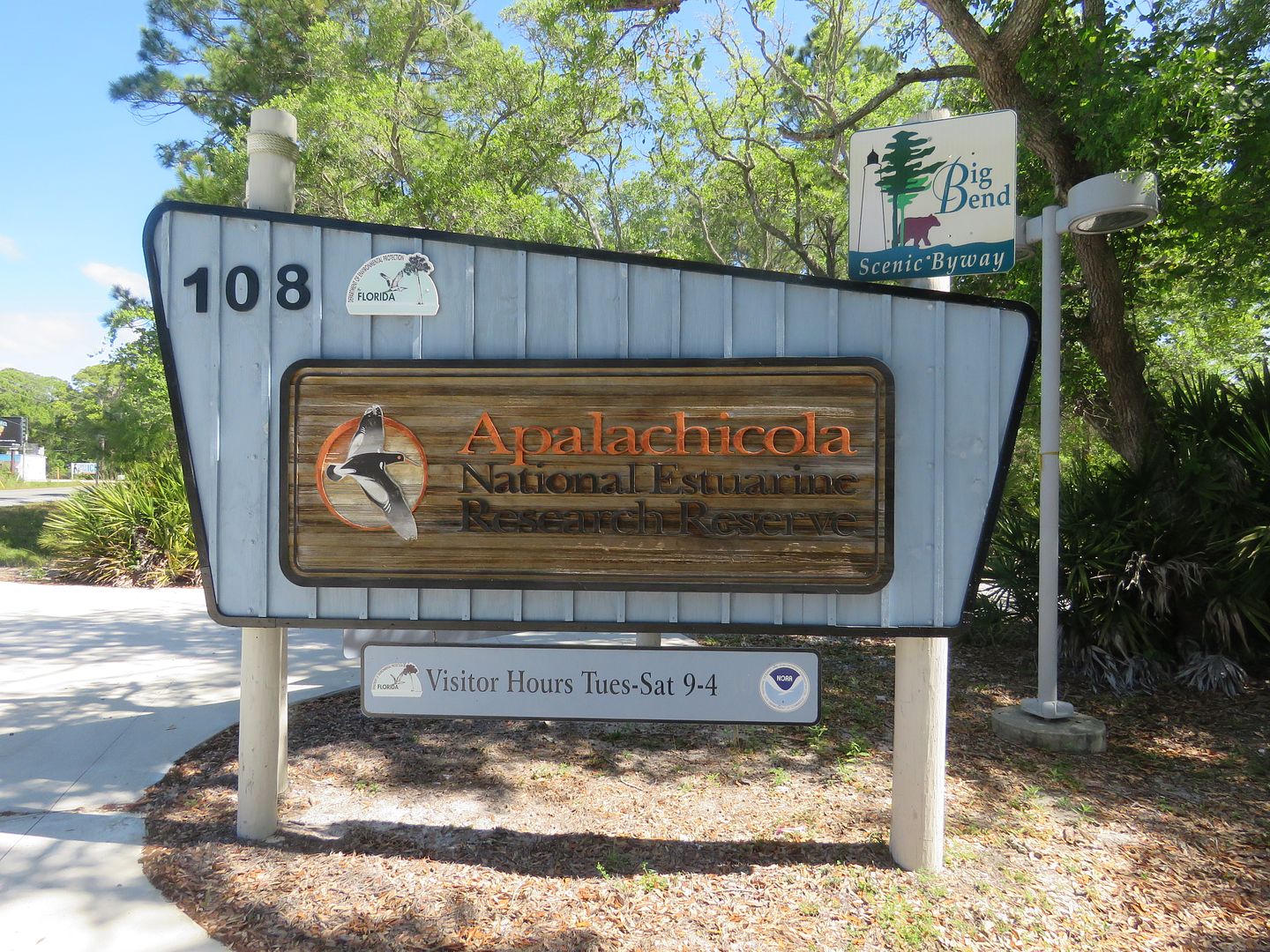
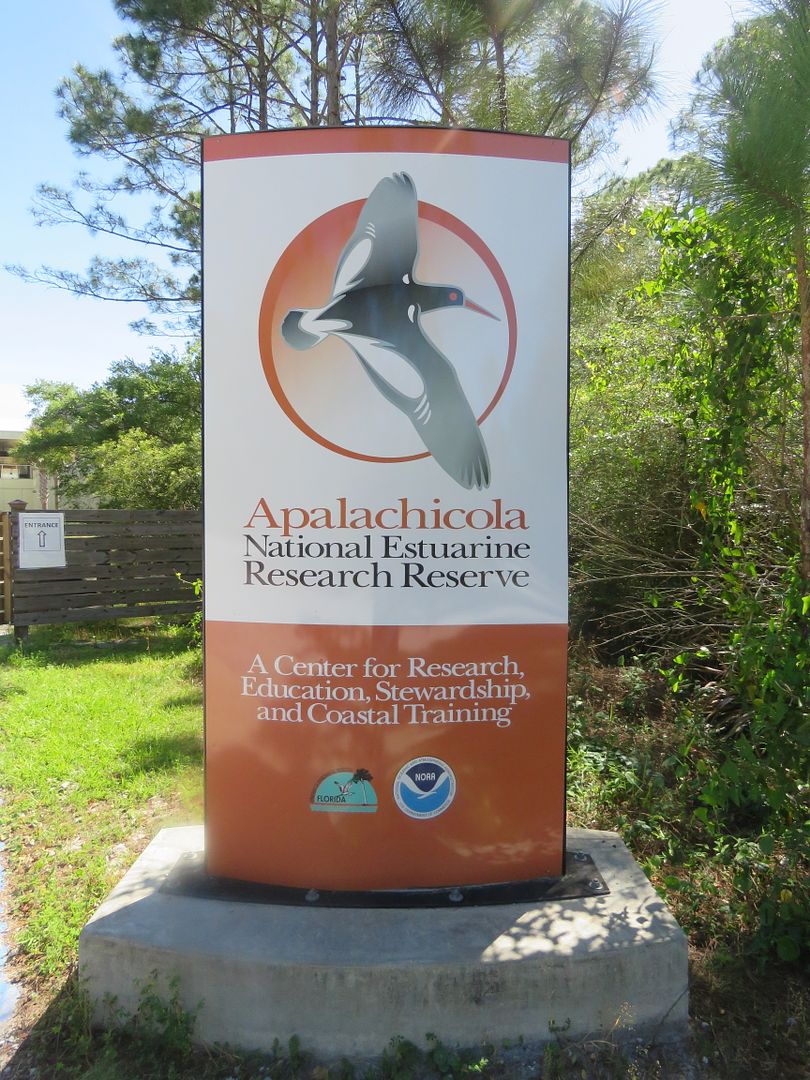
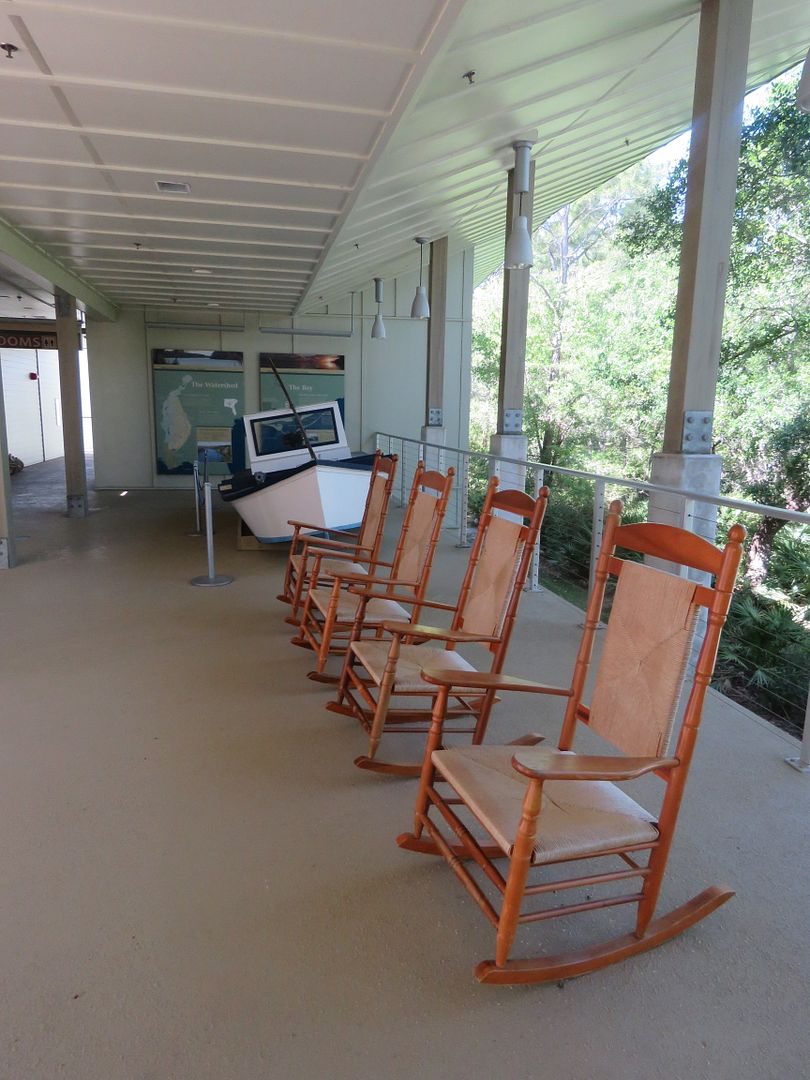
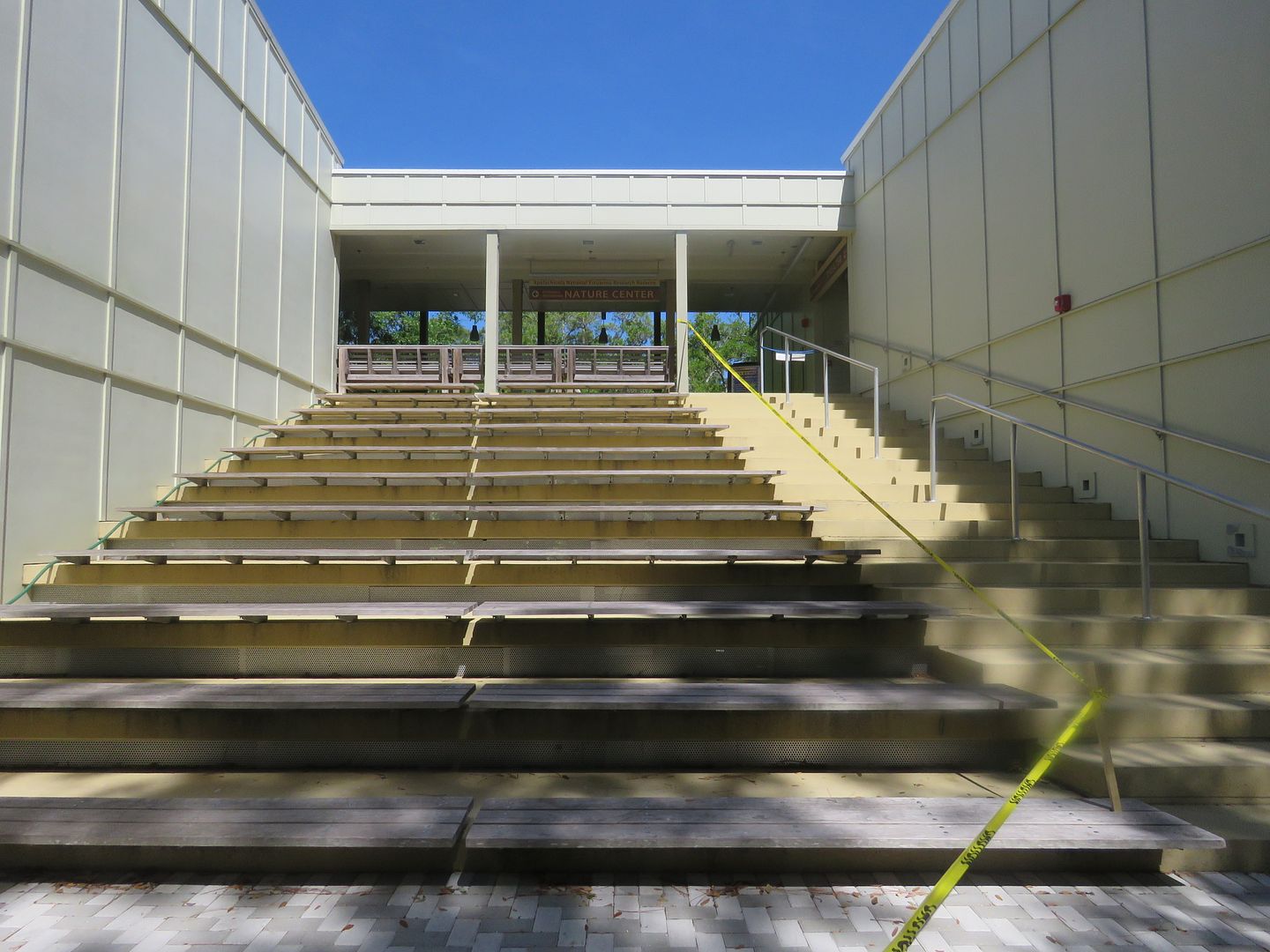
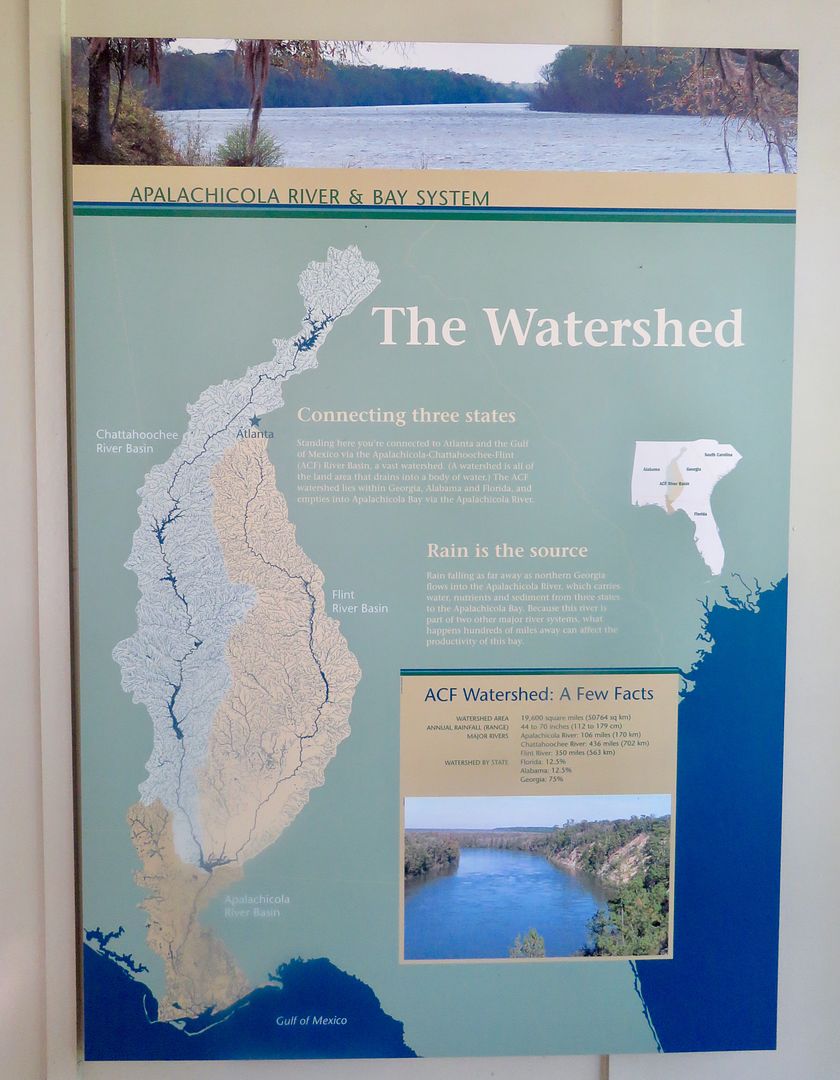
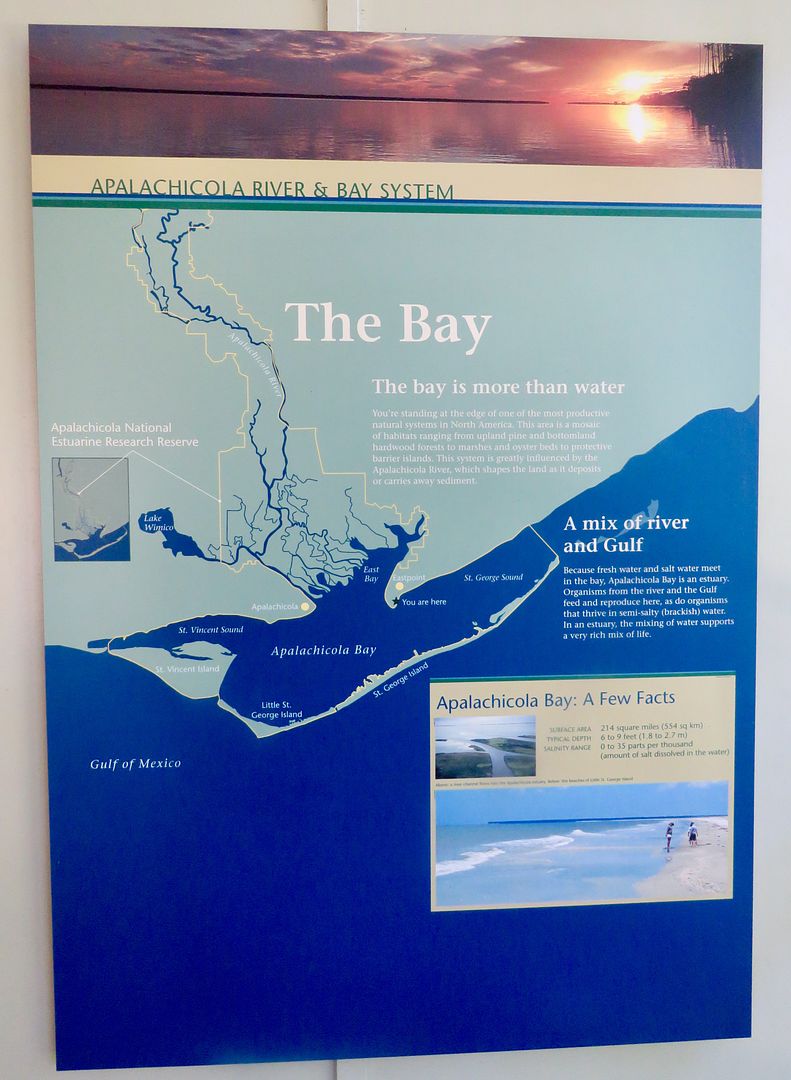



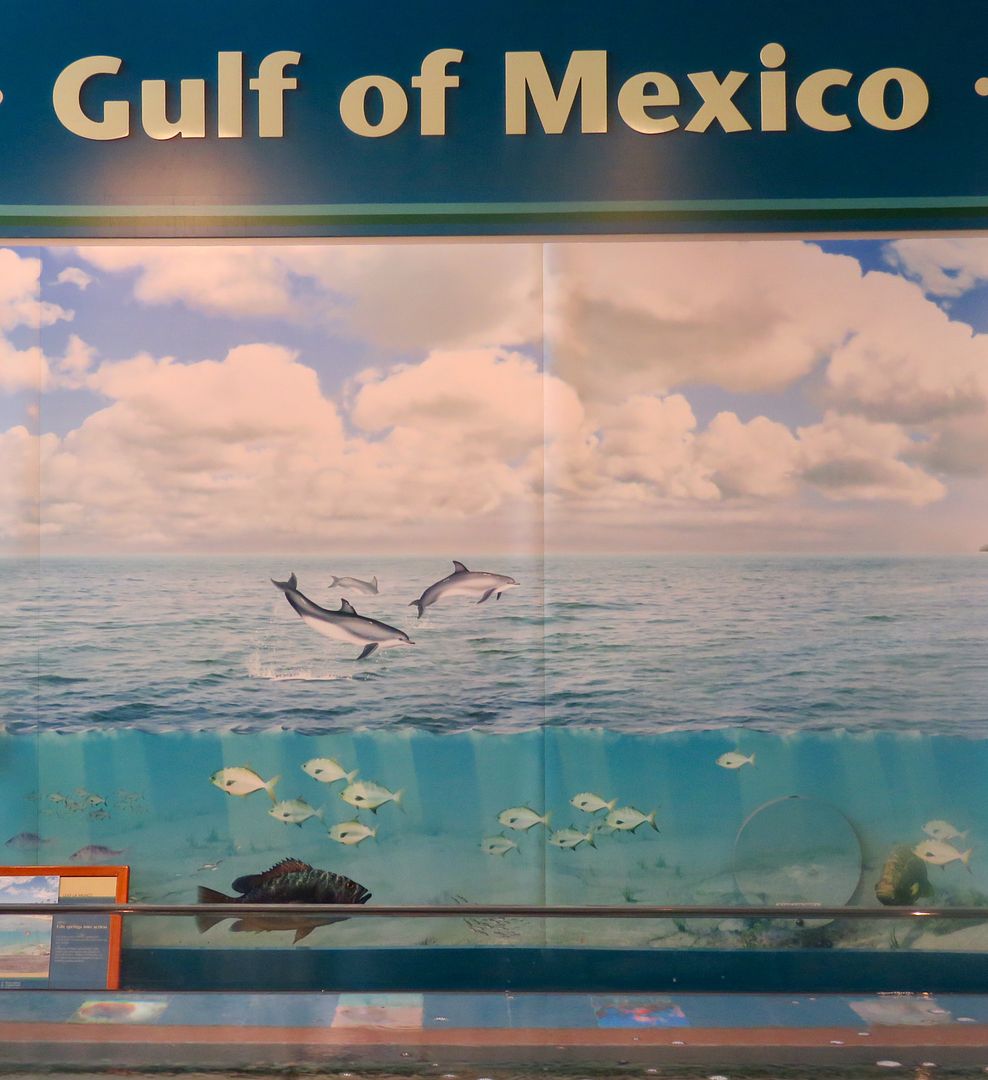
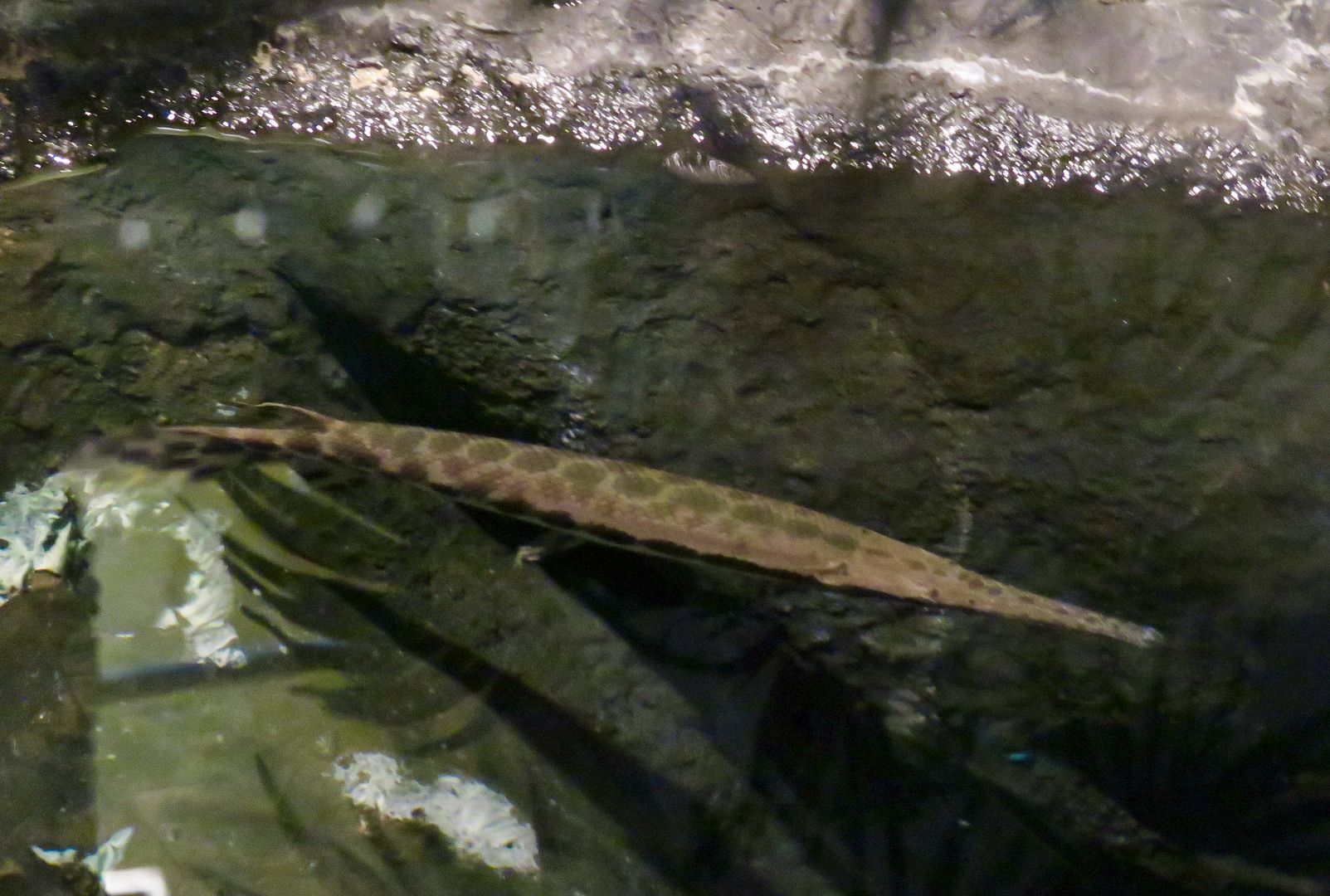
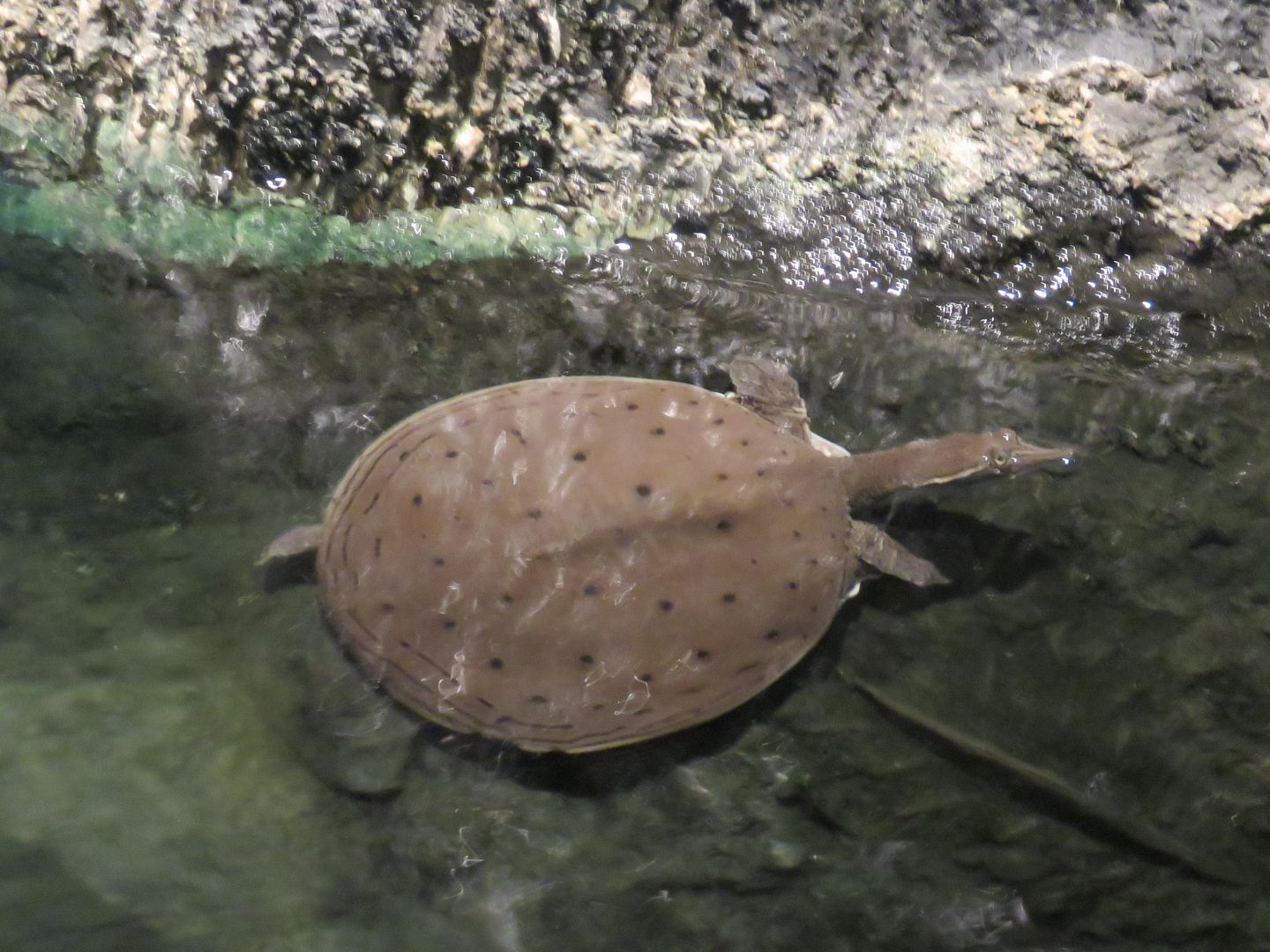
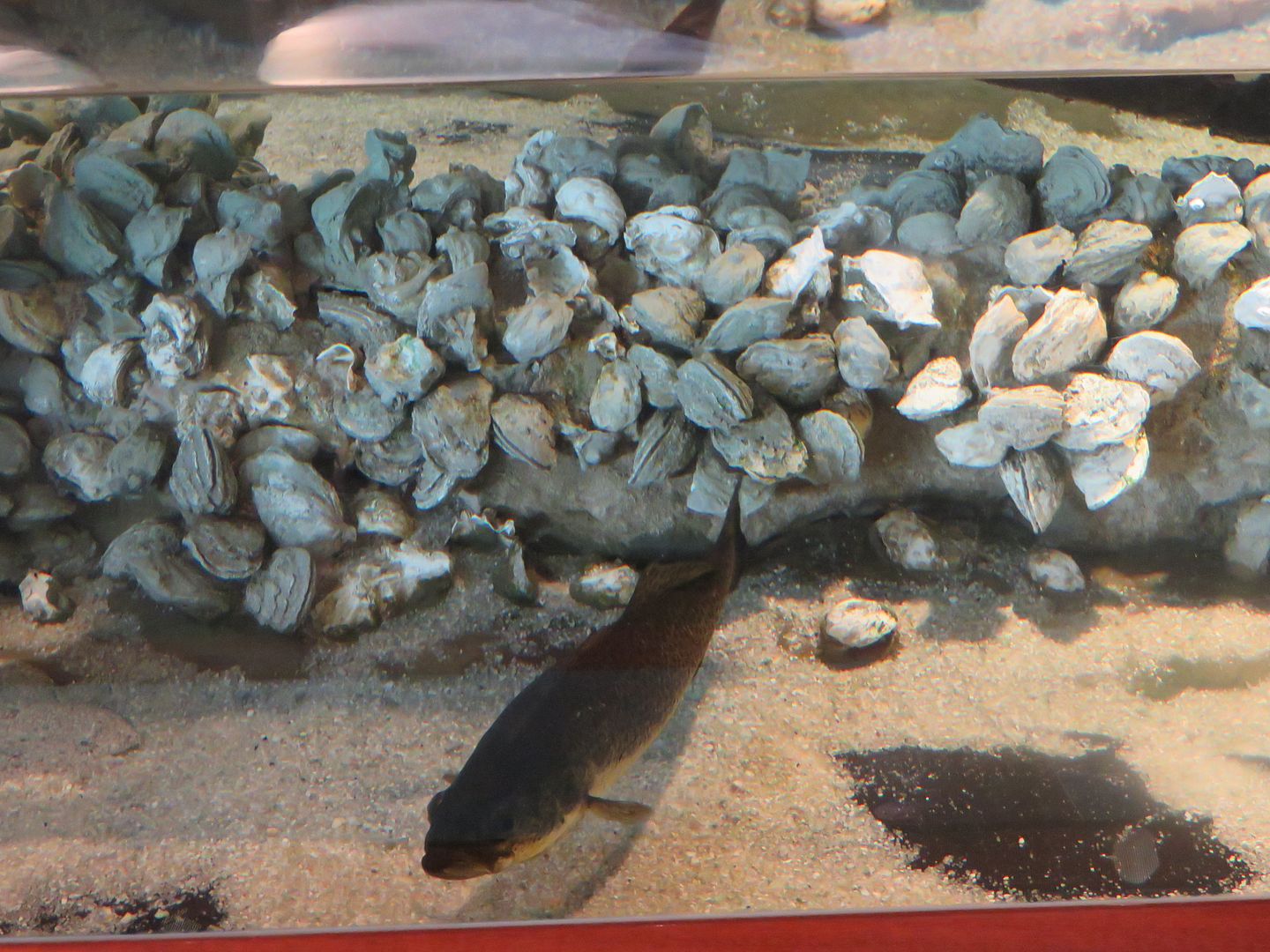

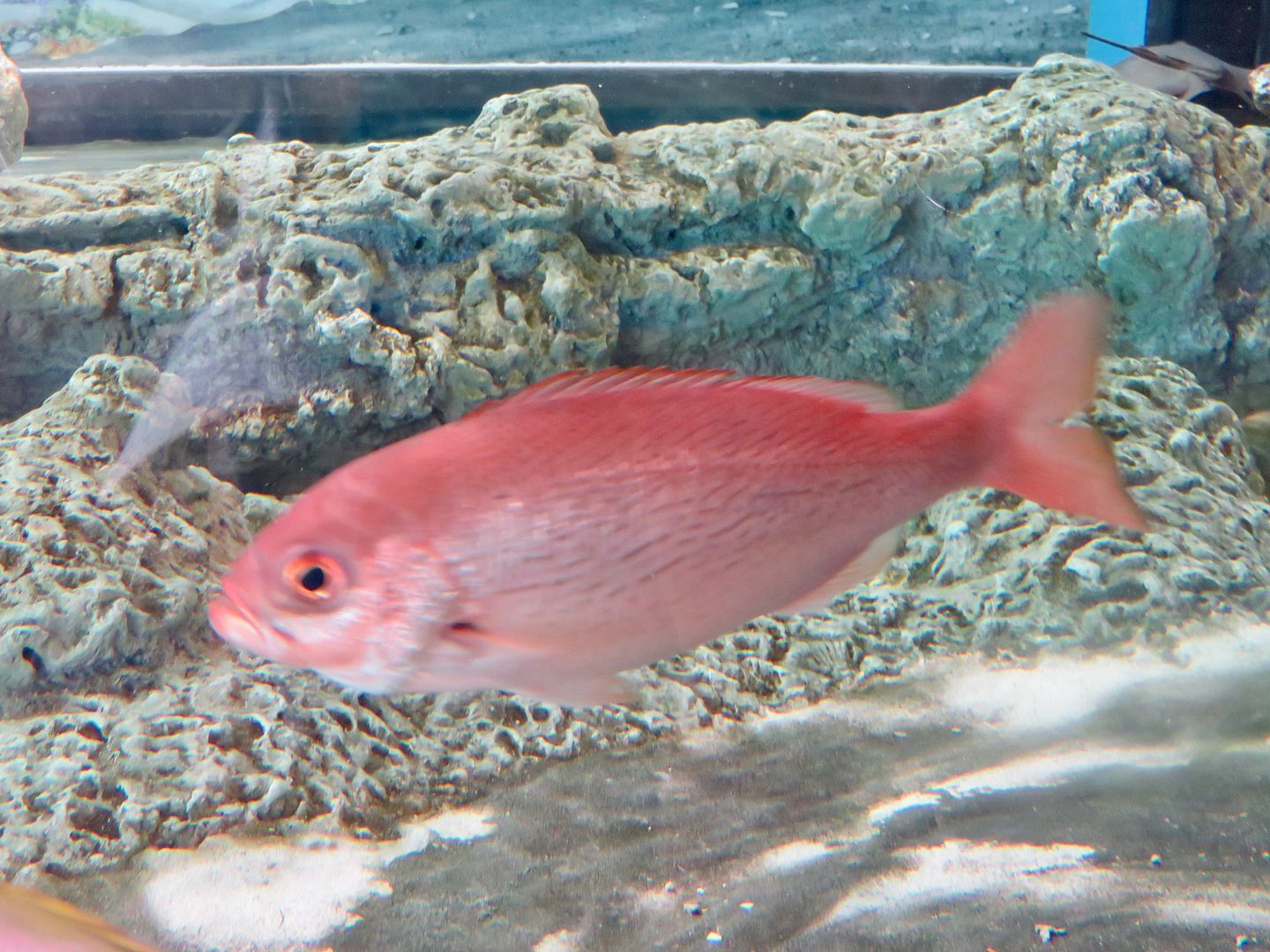
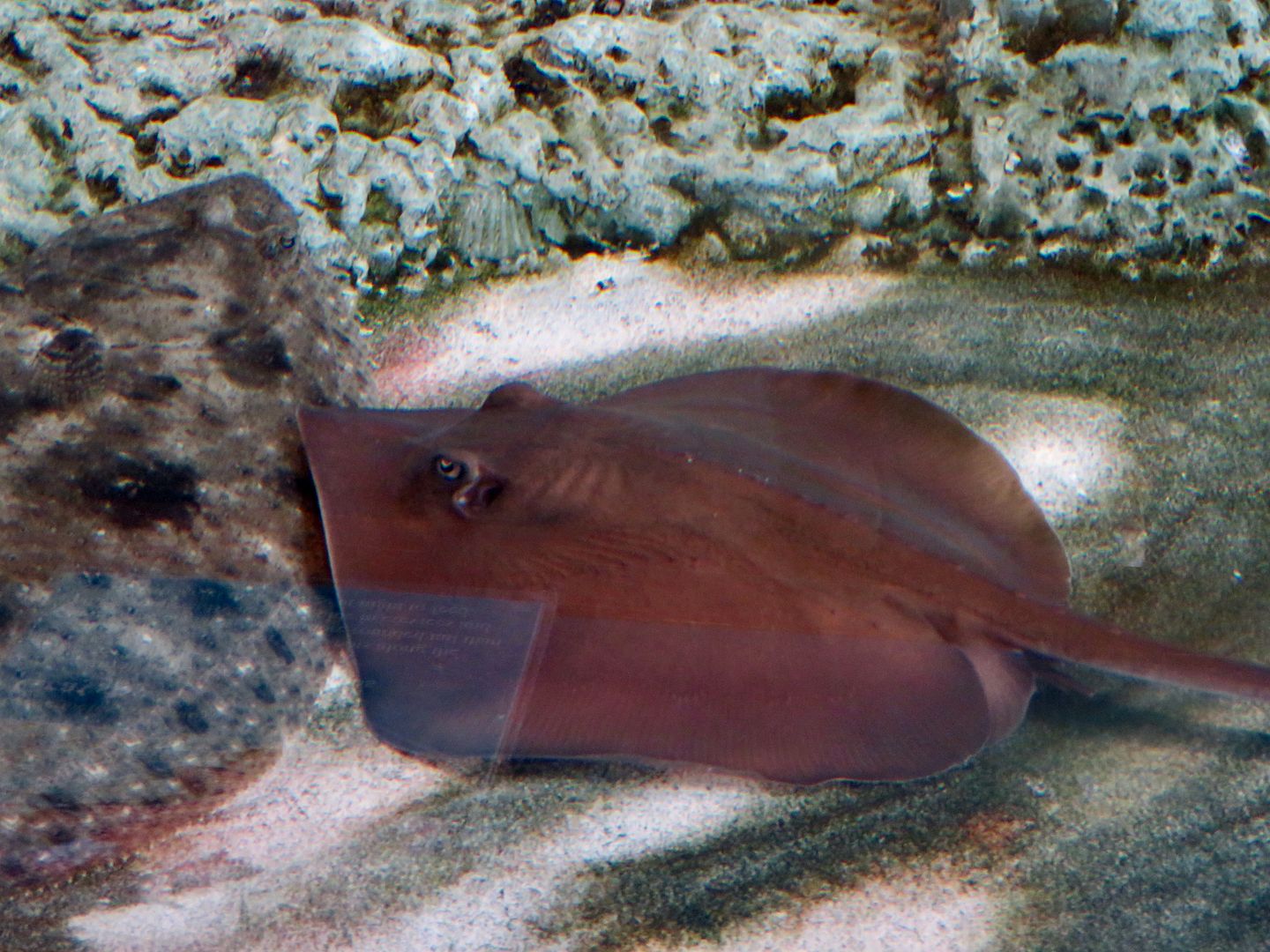
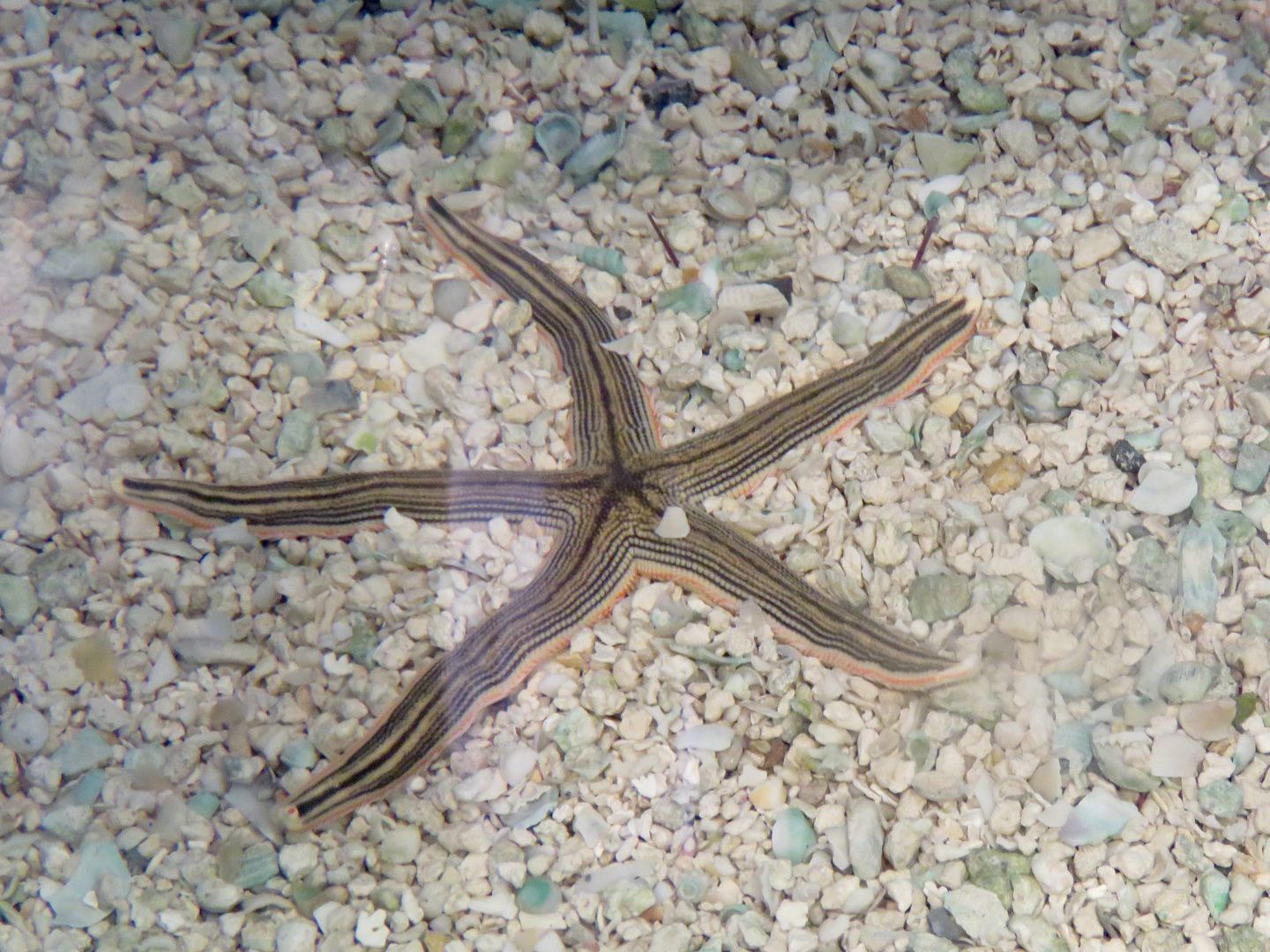
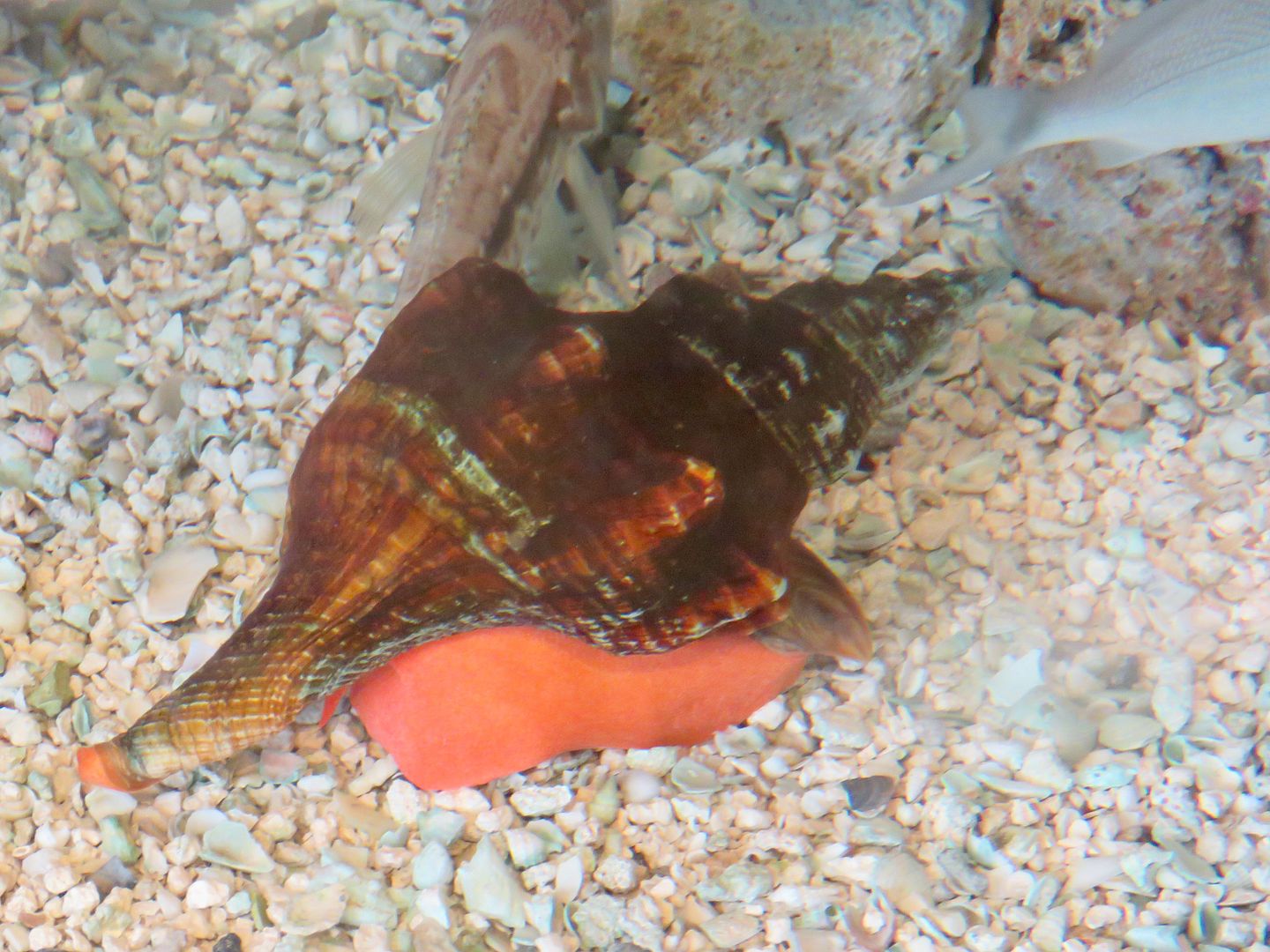
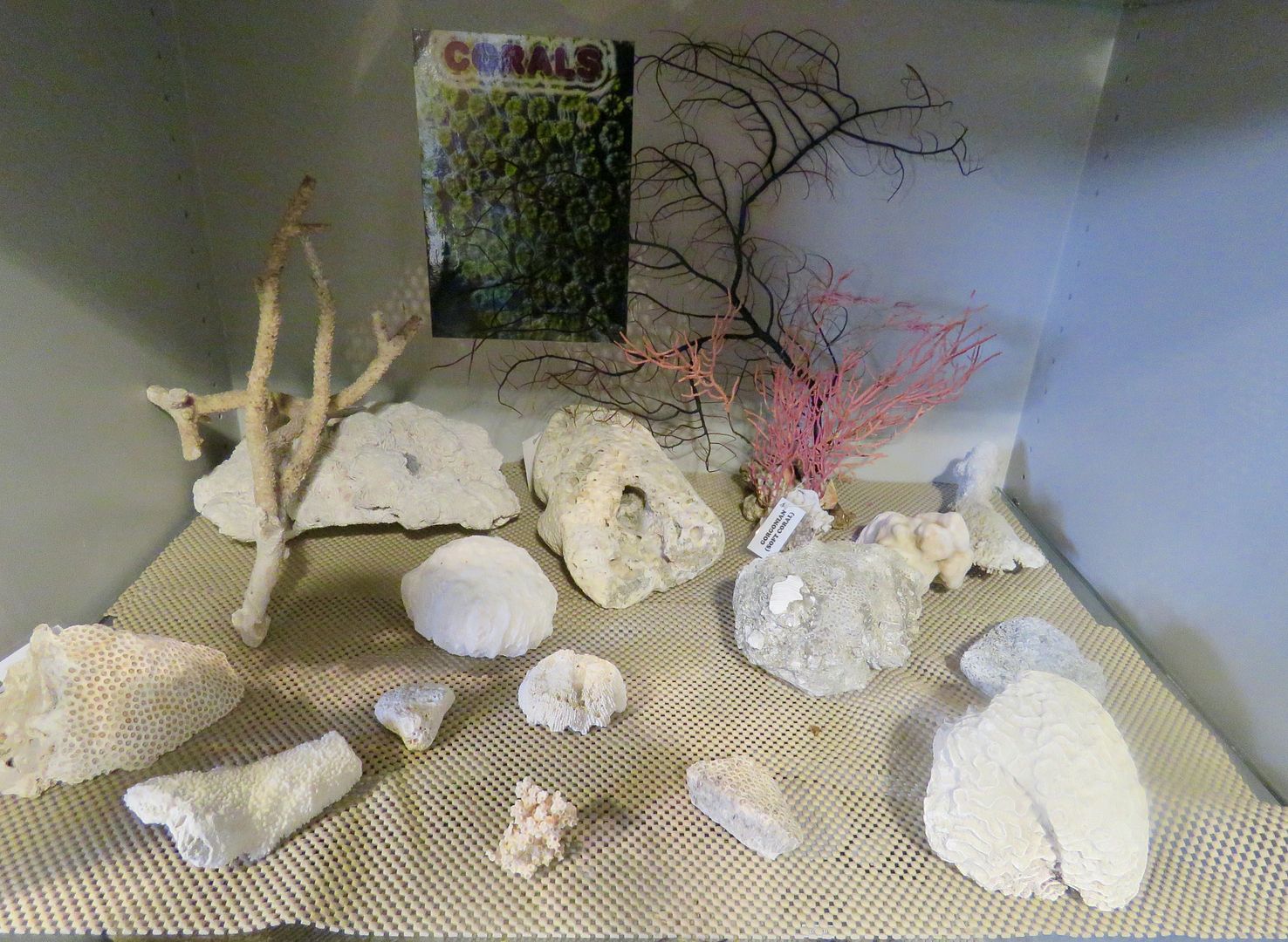




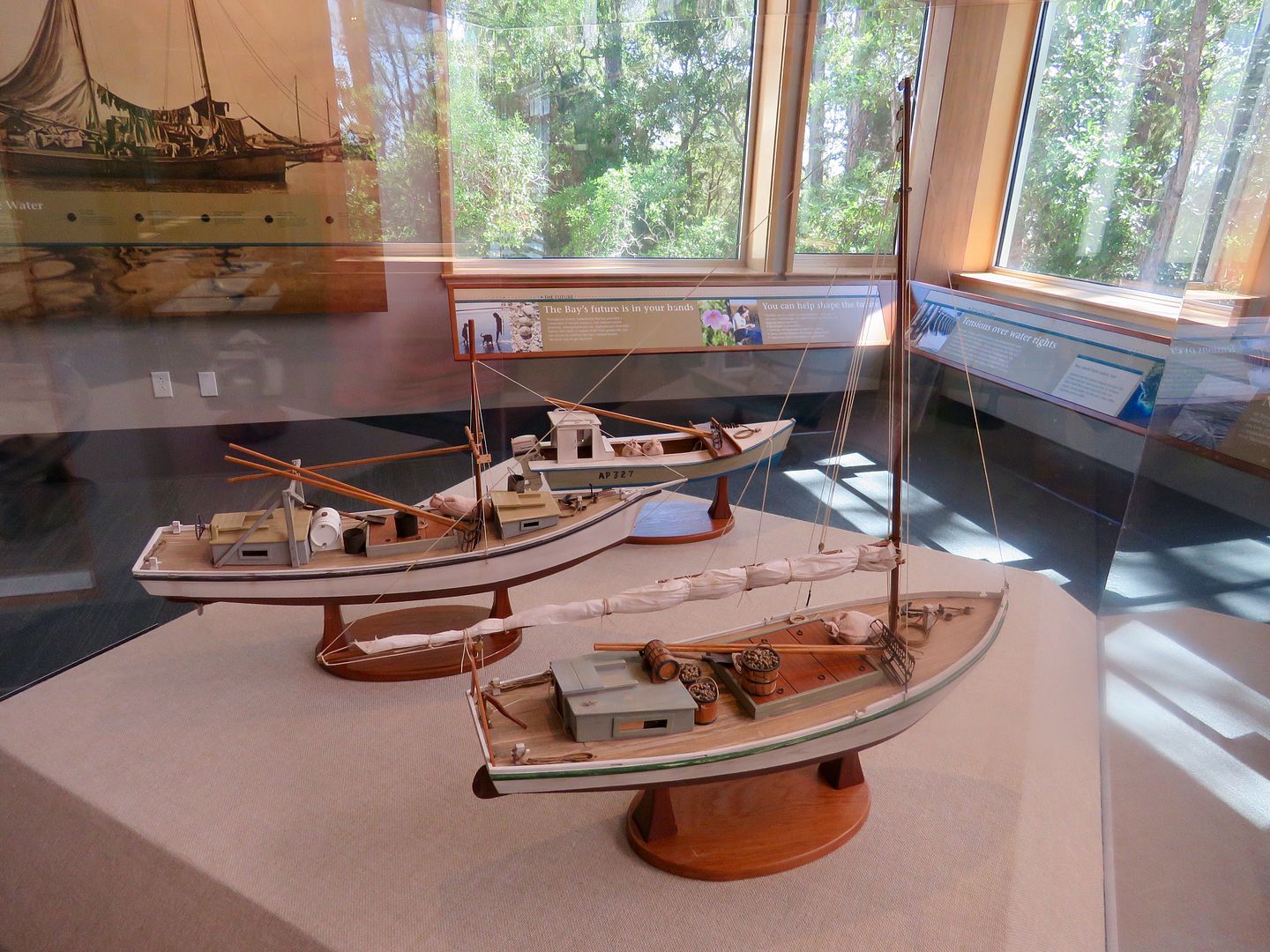
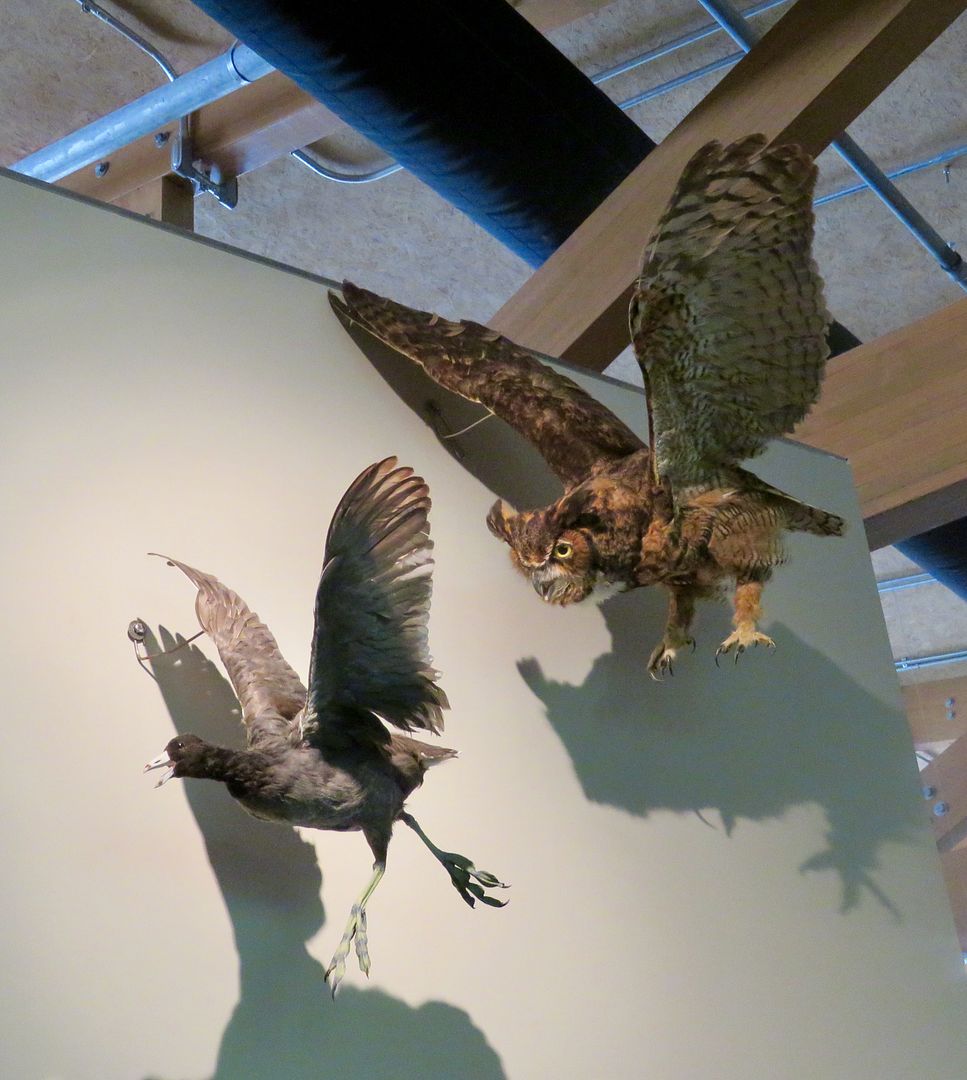
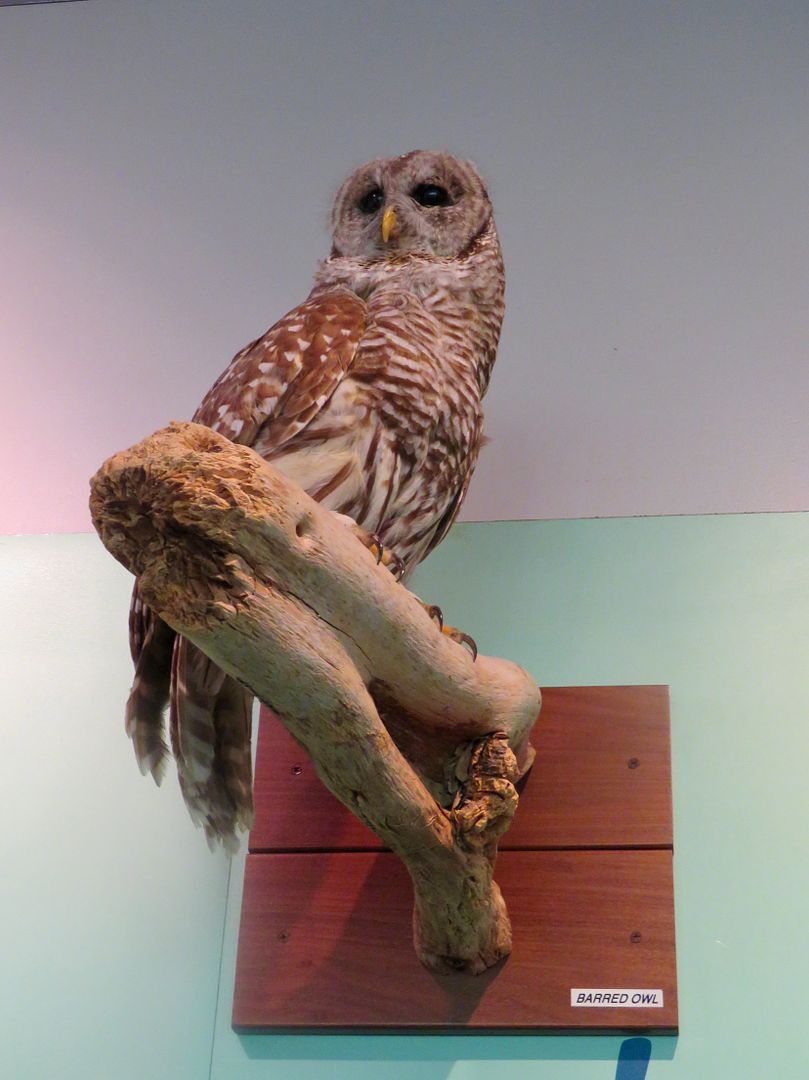
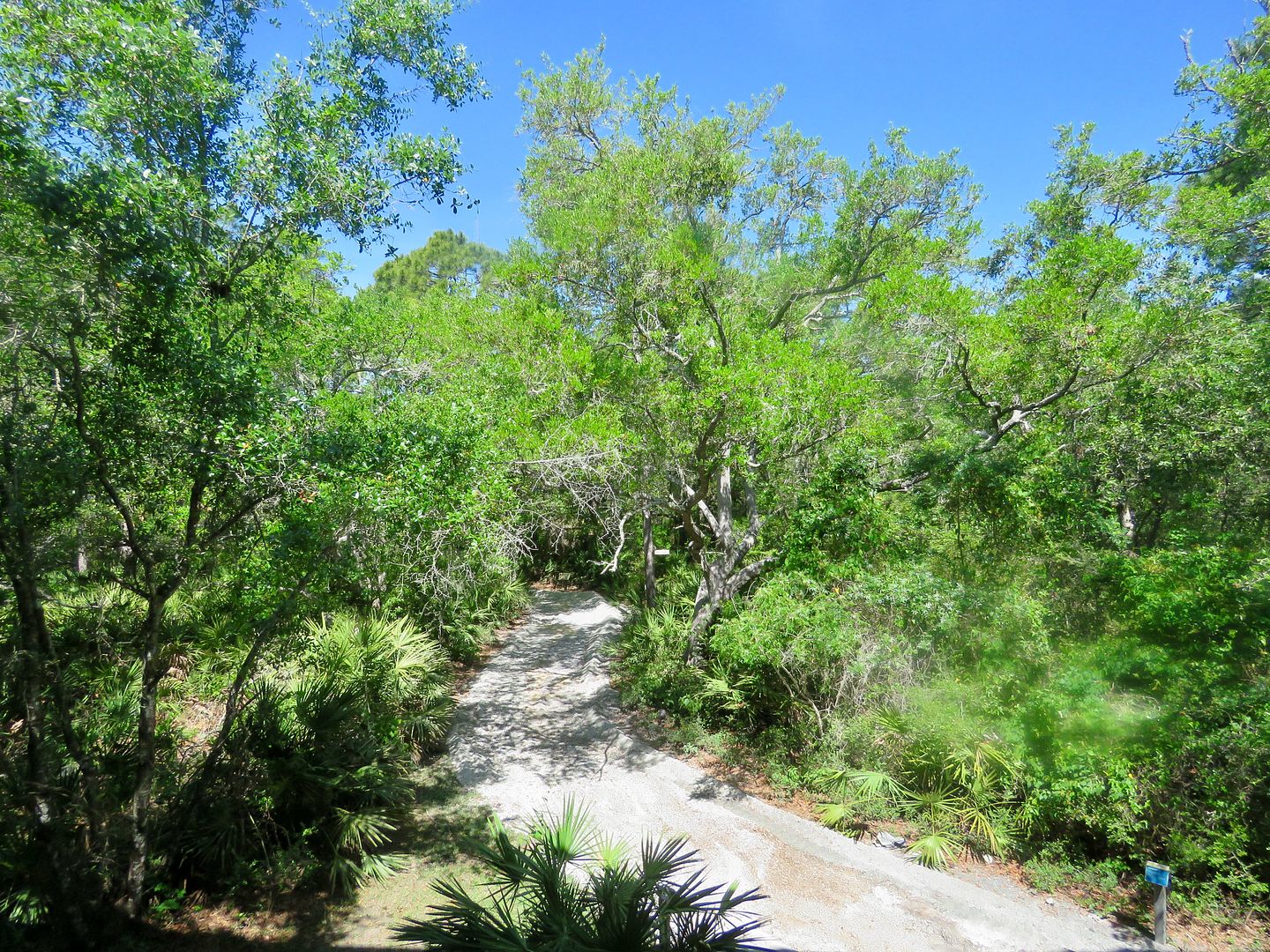
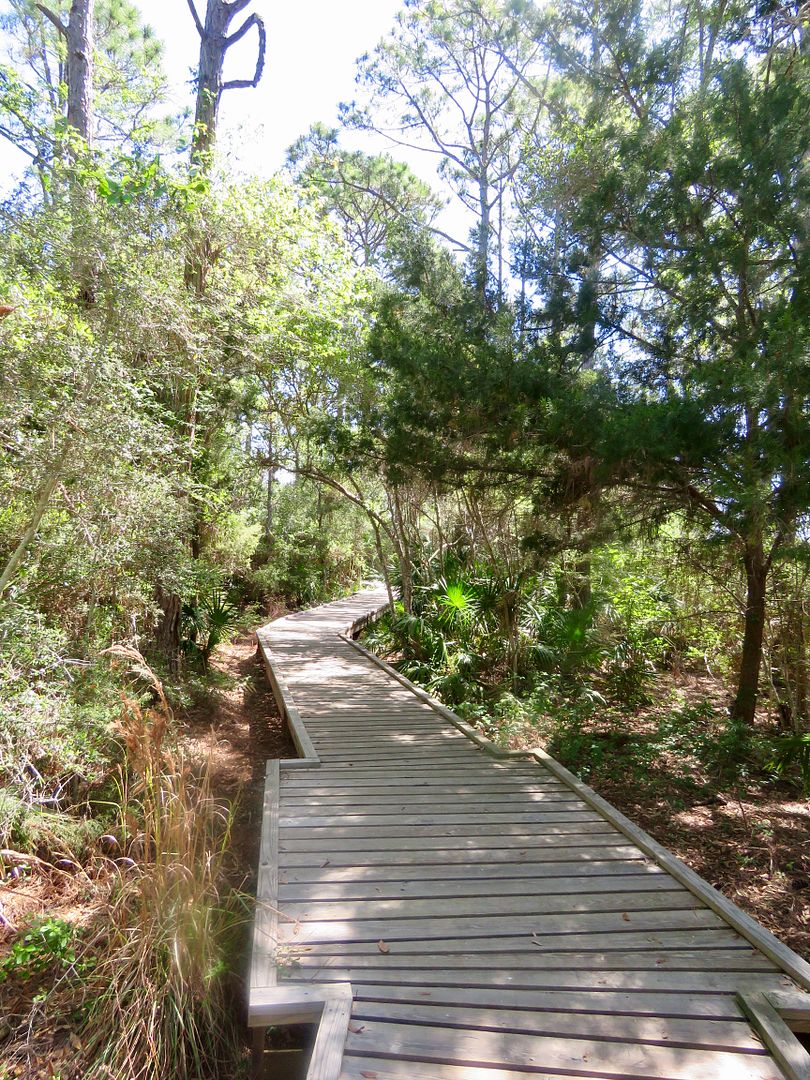
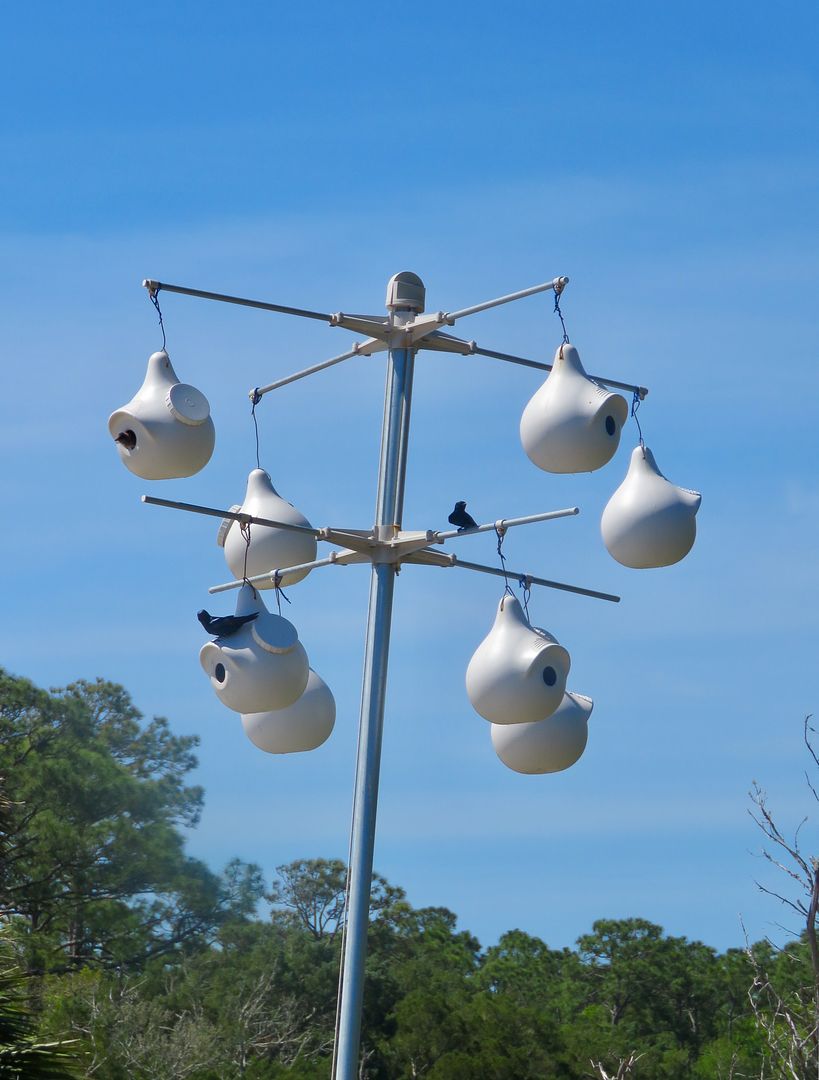



No comments:
Post a Comment